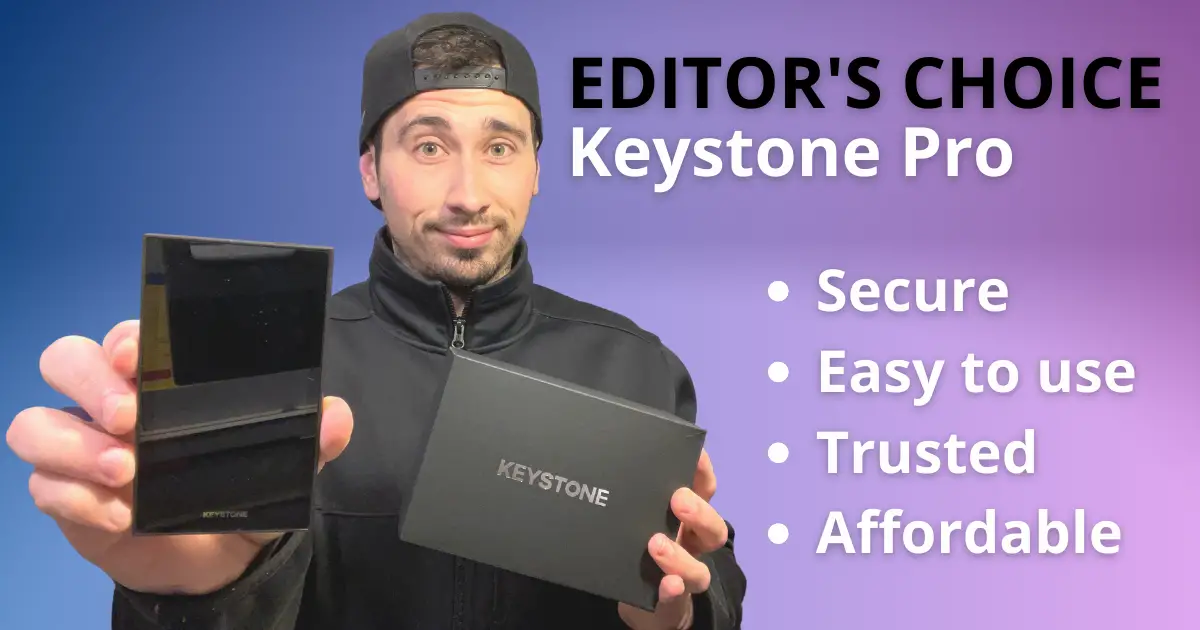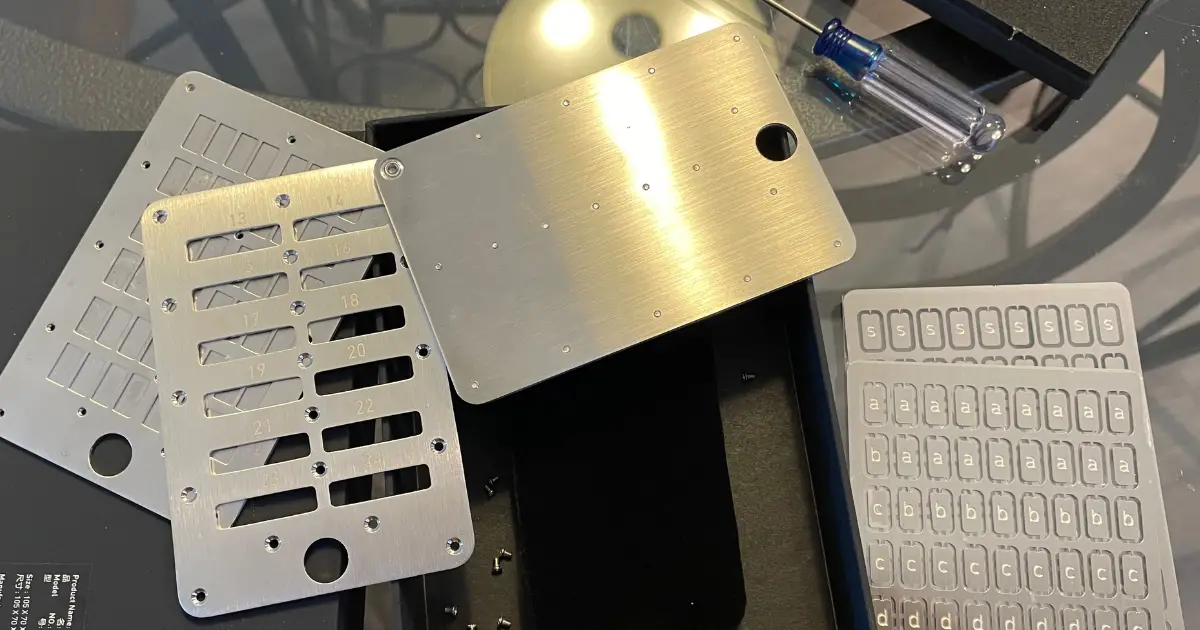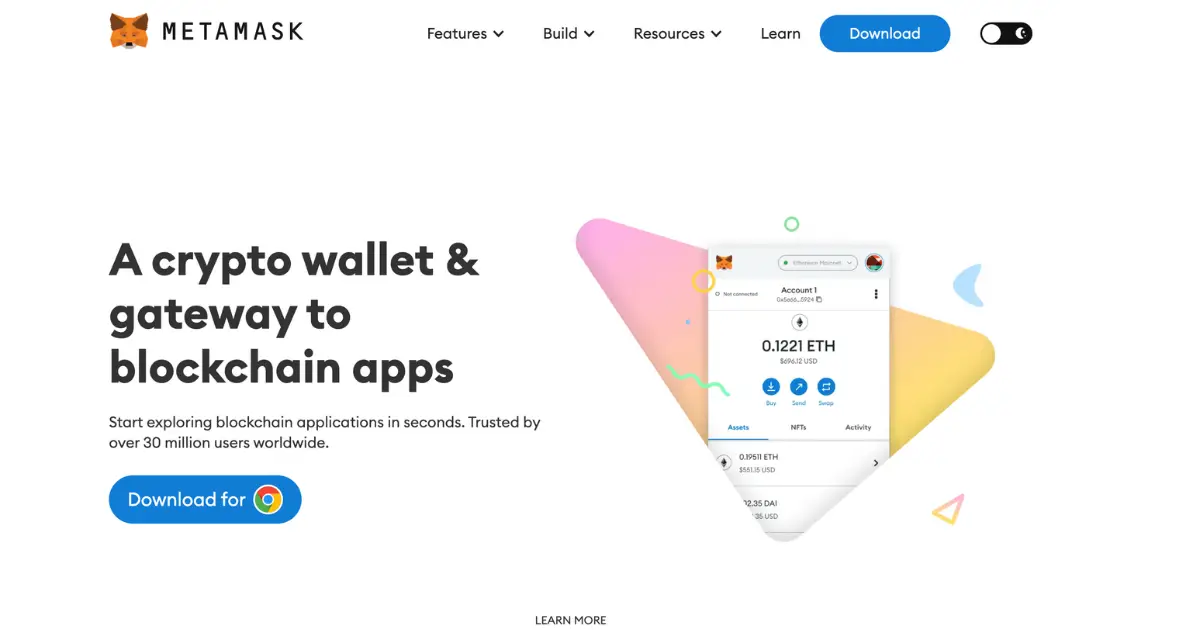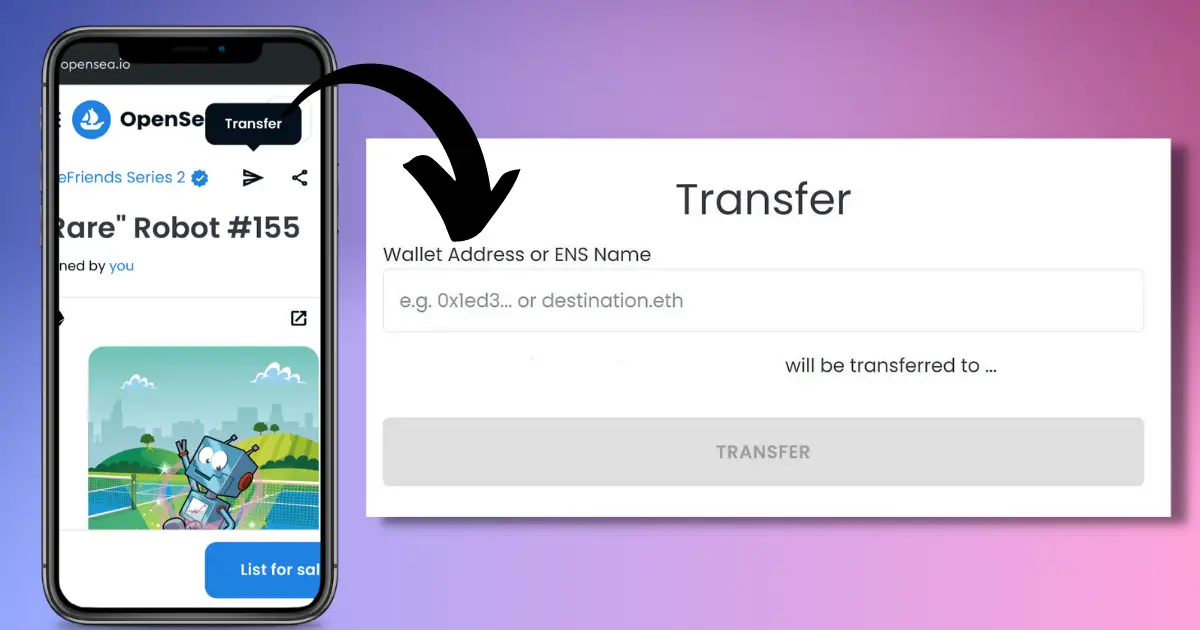If you own NFTs and other digital assets, you’ll need to learn how to securely store them on a cold storage hardware wallet. The process is simple. But, you’ll need to follow each step closely to ensure your assets remain secure.
Here is what you will learn.
Table of Contents
How to Store NFTs on a Hardware Wallet
Storing NFTs on a cold storage hardware wallet is easy. Below I have outlined the exact steps I use to get NFTs onto my cold storage device.
1. Choose an NFT-compatible hardware wallet

Before getting started, you’ll need to get an NFT-compatible hardware wallet. Not all devices are created equally. Some wallets only store crypto, while others might not support the blockchain where your NFTs live.
Here are some of my personal favorite NFT hardware wallets:
- Keystone Pro ($169)
- Ledger Nano X ($149)
Both of these wallets support over 5,000 coins and tokens including NFTs and their respective blockchains like Ethereum, Solana, Cardano, and more.
2. Setup your wallet and secure your seed phrase

From there, you’ll need to set up your hardware device. For the most part, the process is pretty straightforward. If you can set up a software wallet like MetaMask, then you’ll have no issues.
The most important step when setting up your cold storage wallet is securely storing your seed phrase. If you lose this 24-word phrase, you lose access to your wallet and any funds within.
And no, there’s nothing you can do if you lose your seed phrase. Your assets will simply be stuck.
Most people write their secret phrase down on the paper recovery sheets that come with the hardware wallet. That works, but it’s scary.
What happens if you spill coffee on it, your house floods or there’s a fire? Things like this happen every day, unfortunately.
That’s why I prefer to use a steel recovery phrase tablet. It’s a thick chunk of metal that ensures your phrase remains secure in even the harshest conditions. It’s fireproof, waterproof, and corrosion-resistant.
Well worth the peace of mind and added security in my opinion.
3. Log in to your software wallet

Almost there. After your hardware wallet is set up, you can begin the process of transferring your NFT to your hardware wallet for safekeeping.
To do this, log in to your software wallet where your NFT is stored. If you can view your tokens directly in your wallet, great.
If not, you can use an NFT marketplace like Opensea to view the NFT you want to transfer and initiate the process.
Moreover, you’ll need some crypto in your software wallet to pay for gas fees. On Ethereum, these fees can range anywhere from a few dollars to over a hundred dollars if the network is slammed.
Don’t worry though. You can go begin the process of transferring your NFT even if you don’t have the required amount of crypto in your wallet.
This will allow you to see how much crypto you’ll need to complete the transfer. I always like to add a few extra dollars into my wallet as gas fees fluctuate by the second.
4. Send NFTs to your cold storage hardware wallet

To send your NFT, you’ll need your hardware wallet’s public address. Depending on the device you’re using, getting your public address might look slightly different.
In general, you can simply tap the account associated with the blockchain on which your NFT is stored via your hardware wallet.
For example, if you’re transferring an NFT on Ethereum—go to your hardware wallet and select your Ethereum account and then tap “Receive”. This will display your wallet’s public address.
Your public address will likely be 34-44 characters and look something like this: “0xd8dA6BF26964aF9D7eEd9e03E53415D37aA96045” (this is an Ethereum address)
The appearance and number of digits that make up your public wallet address vary depending on the blockchain you’re dealing with.
Once you’ve got your address, tap “Send” on the NFT you want to transfer.
Then copy and paste your hardware wallet’s public address into the “Recipient” field. Next, follow the steps on the screen, pay for any gas fees, and your NFT will be on its way!
How Hardware Wallets Work
Hardware wallets are physical devices that operate offline. That means your private keys are stored offline on the device, and transactions are approved offline via the device.
This is more secure than popular hot wallets like MetaMask which operate entirely online. Not only are your wallet’s private keys stored in the software making them susceptible to hacks, but transactions are signed online as well.
Also, many reputable hardware wallets utilize several other security features to keep you and your assets safe from hacks and scams.
These features could include:
- PIN code
- Biometric authentication
- Secure chip element (prevents digital and physical hacks)
- Anti-tamper, self-destruct mechanism (erases your wallet’s account if tampered with)
- Custom operating system
- Longer recovery seed phrases
- Shamir backup (an alternative seed phrase with multiple shares for added security)
The main downside to cold storage wallets is their cost (ranging from $69 to over $400) and their higher barrier to entry. Hardware wallets aren’t as easy or quick to set up as software wallets.
Should You Store NFTs in a Hardware Wallet?
If you are serious about keeping your NFTs safe, you should absolutely store them in a hardware wallet. If used properly hardware wallets are the most secure storage solution for both NFTs and crypto.
I always say, “If you own more than $100 in digital assets (the cost of a hardware wallet) then you should use a cold storage device”.
If you can’t fork over $100 for a proper storage solution, then you shouldn’t own any digital assets.
Software wallets are a good option for beginners who are tasting the blockchain space for the first time. But the moment you start buying assets and holding them, you need to get a hardware wallet.
That said, software wallets are good for buying and selling NFTs, but they should never be used to store them.
Which Hardware Wallet is Best for NFTs?
There are a number of hardware wallet manufacturers that make devices capable of storing all your NFTs. Nonetheless, I prefer to use devices that have a solid reputation, years of background, and publicly available user guides up the wahzoo.
Personally, I have used several hardware wallets to store my NFTs. By far, my two favorite hardware wallet brands are Ledger and Keystone.
They bother offer secure cold storage devices ranging as low as $69 for something basic like the Ledger Nano S Plus, to $350 for something boujie like the Ledger Stax.
I prefer something right in the middle that offers adequate security along with a great user experience, like the Keystone Pro ($169).
You can read my honest review of the Keystone Pro hardware wallet and decide if it’s right for you. So far, it’s been my favorite.
Frequently Asked Questions
What is the best way to store an NFT?
The best place to store NFTs is in a hardware wallet. This is the most secure storage solution to ensure your digital assets remain safe from hacks and scams. Another option is in a software wallet which is much less secure.
Should I use MetaMask or a hardware wallet?
Deciding between MetaMask or a hardware wallet depends on your priorities. MetaMask provides convenient access to decentralized applications, but you will need to implement your own security measures. On the other hand, a hardware wallet offers unparalleled security by storing your private keys offline.
What are the disadvantages of hardware crypto wallets?
While hardware wallets offer top-notch security for your crypto, they do have a few downsides to consider. They tend to be more expensive than other options, they are less convenient for frequent transactions, and they can be challenging for beginners to navigate.
